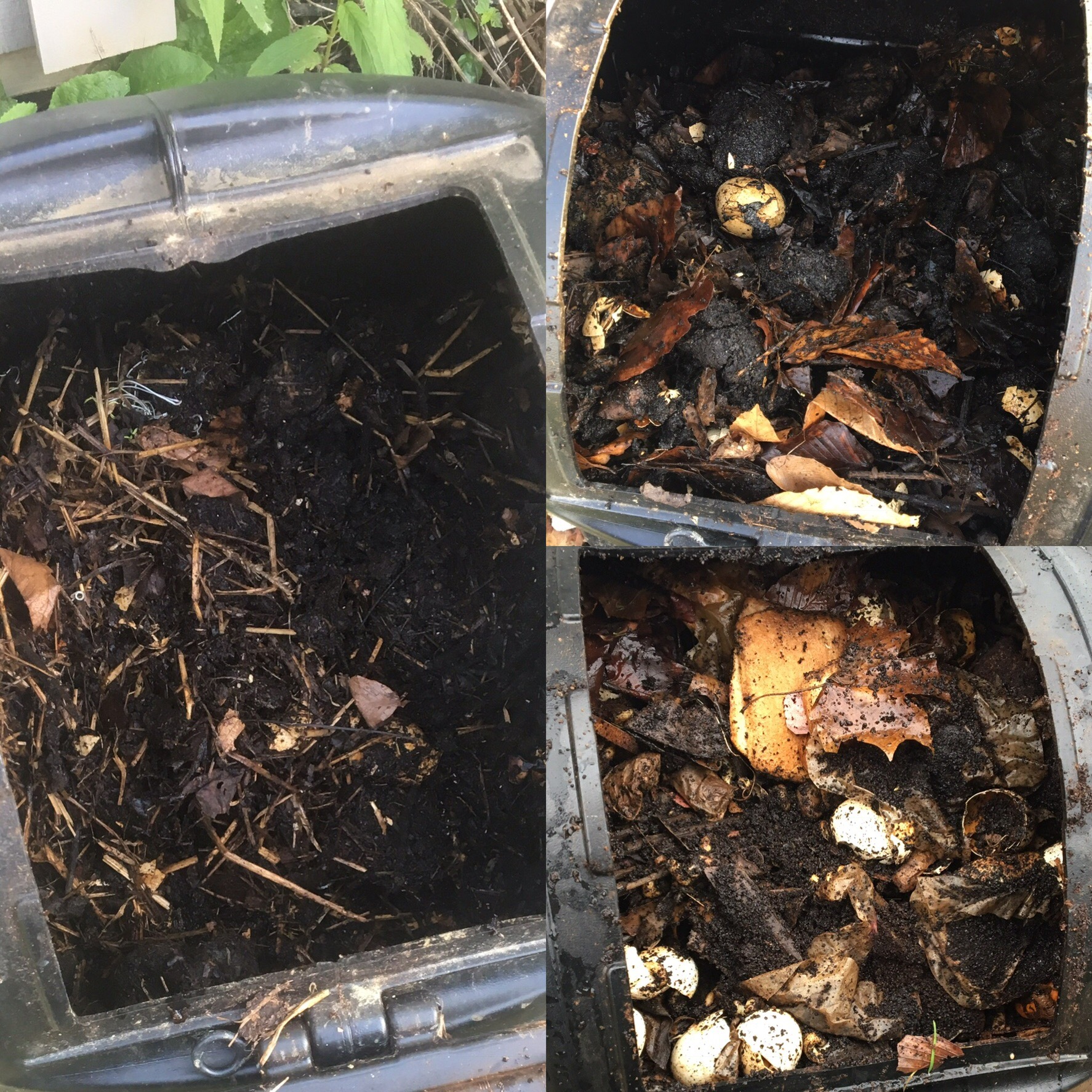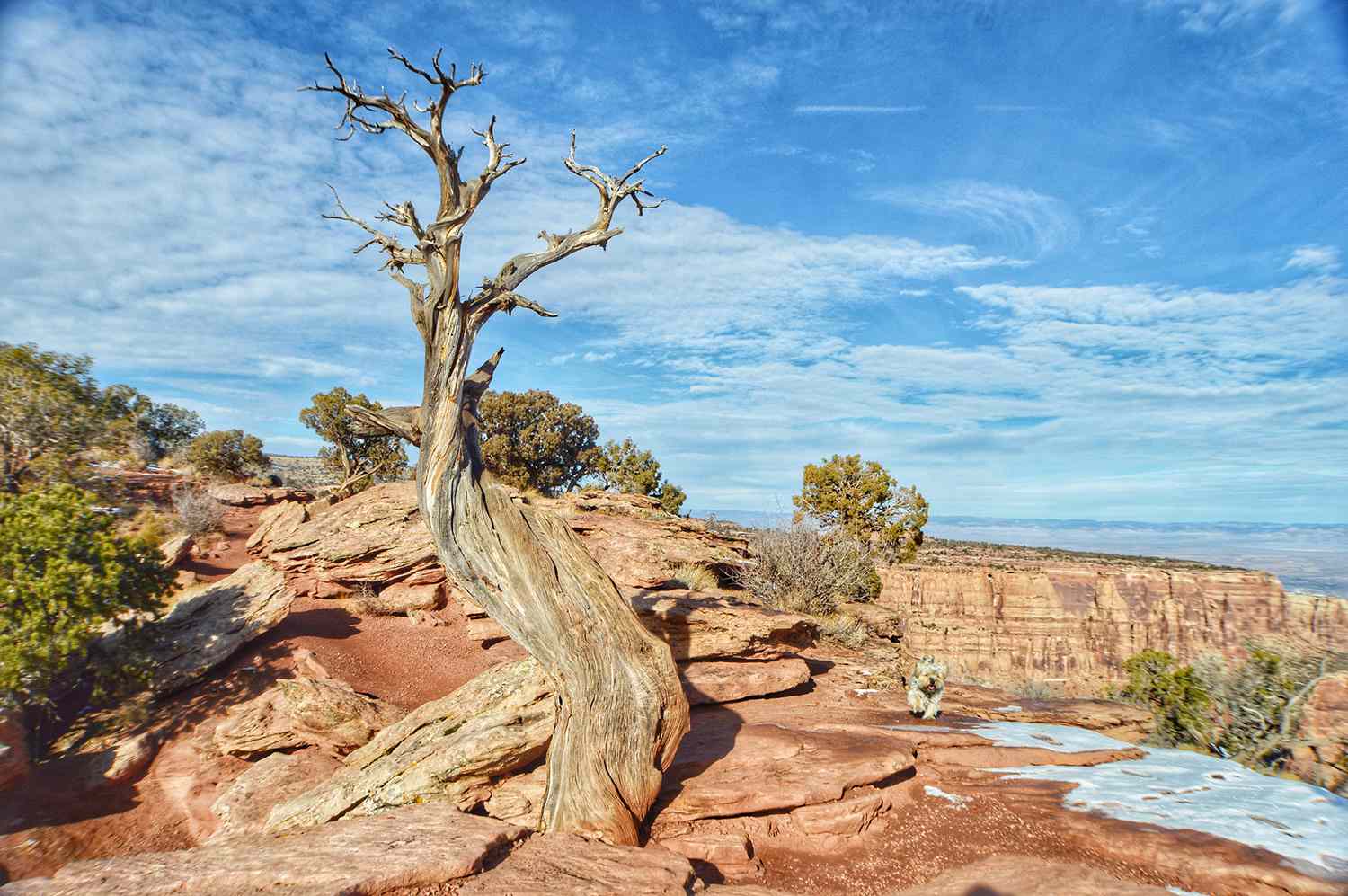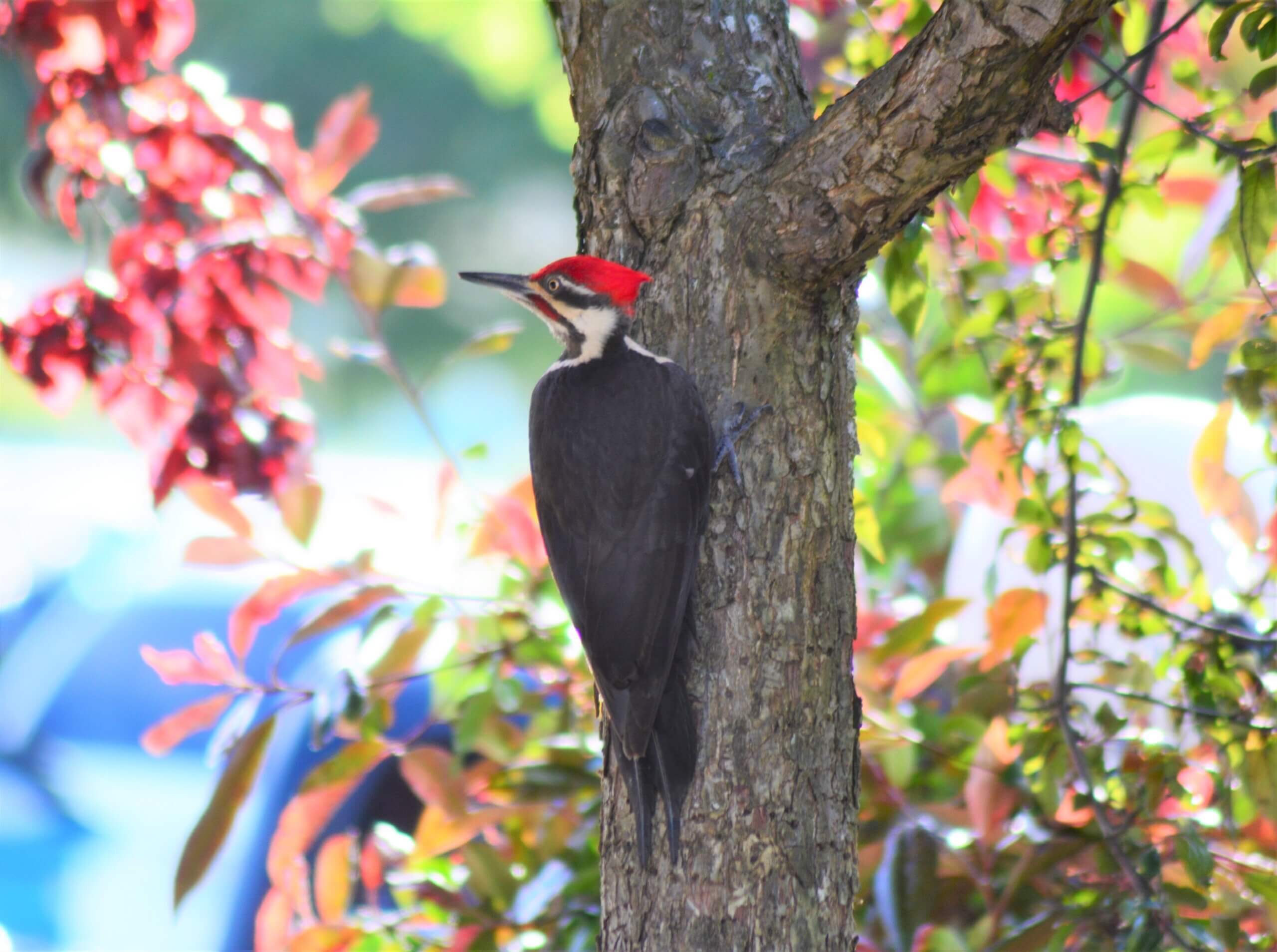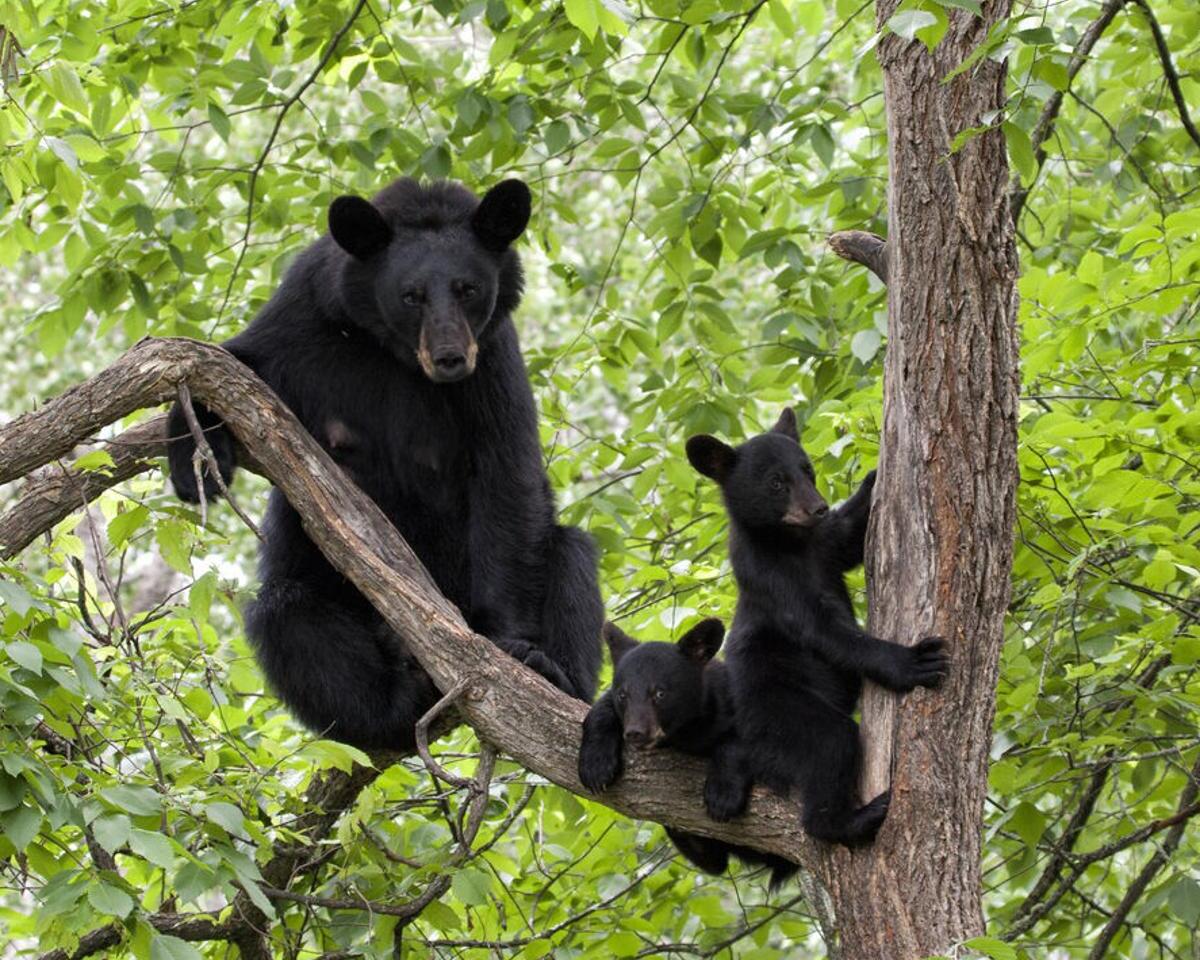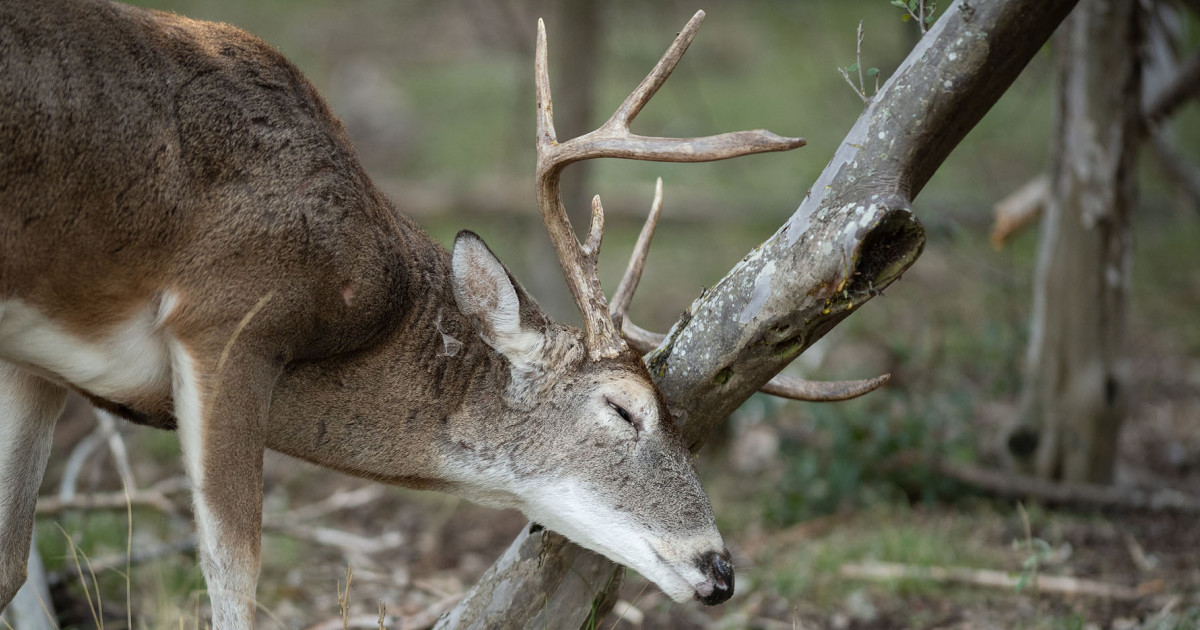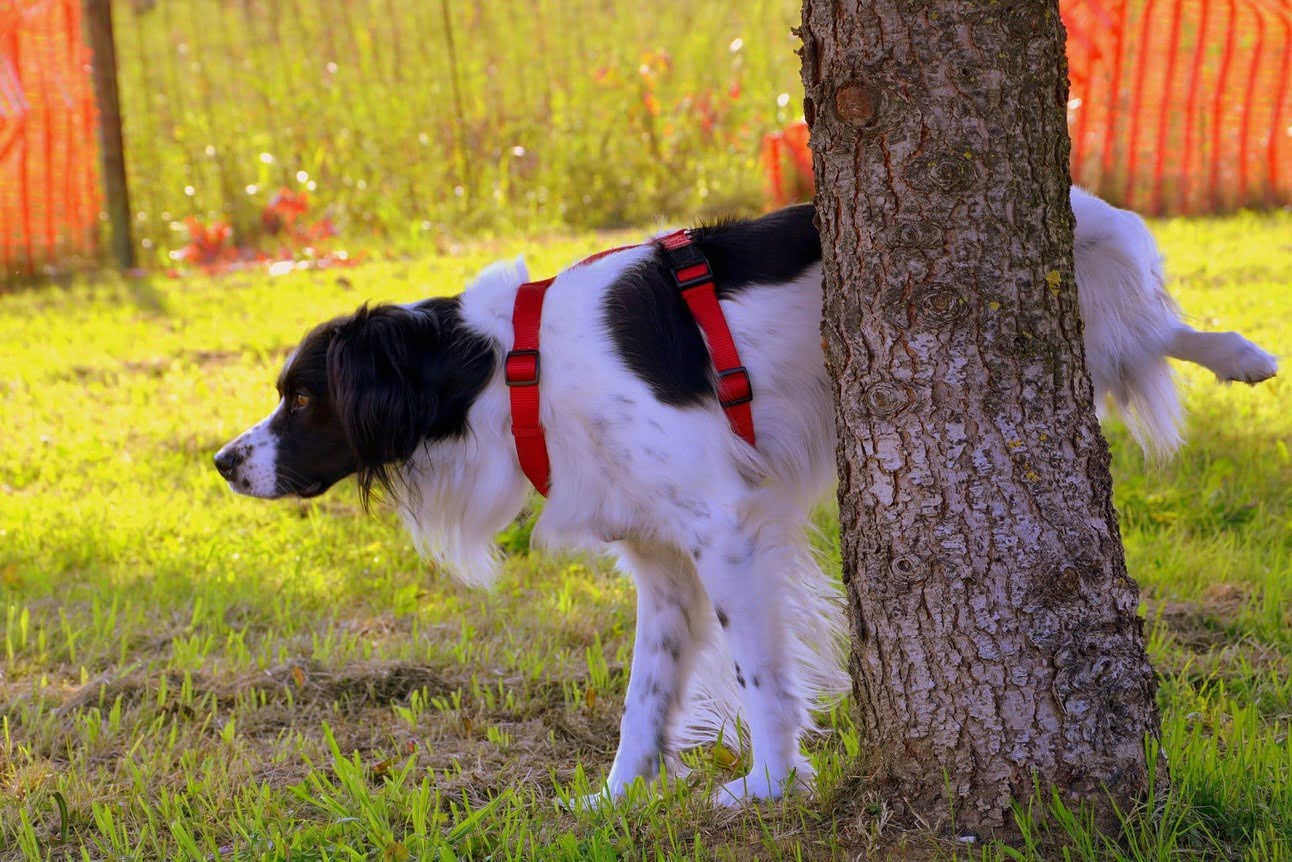Home>Gardening Tips and Tricks>Eco-Friendly Gardening>Why Do Beavers Cut Down Trees
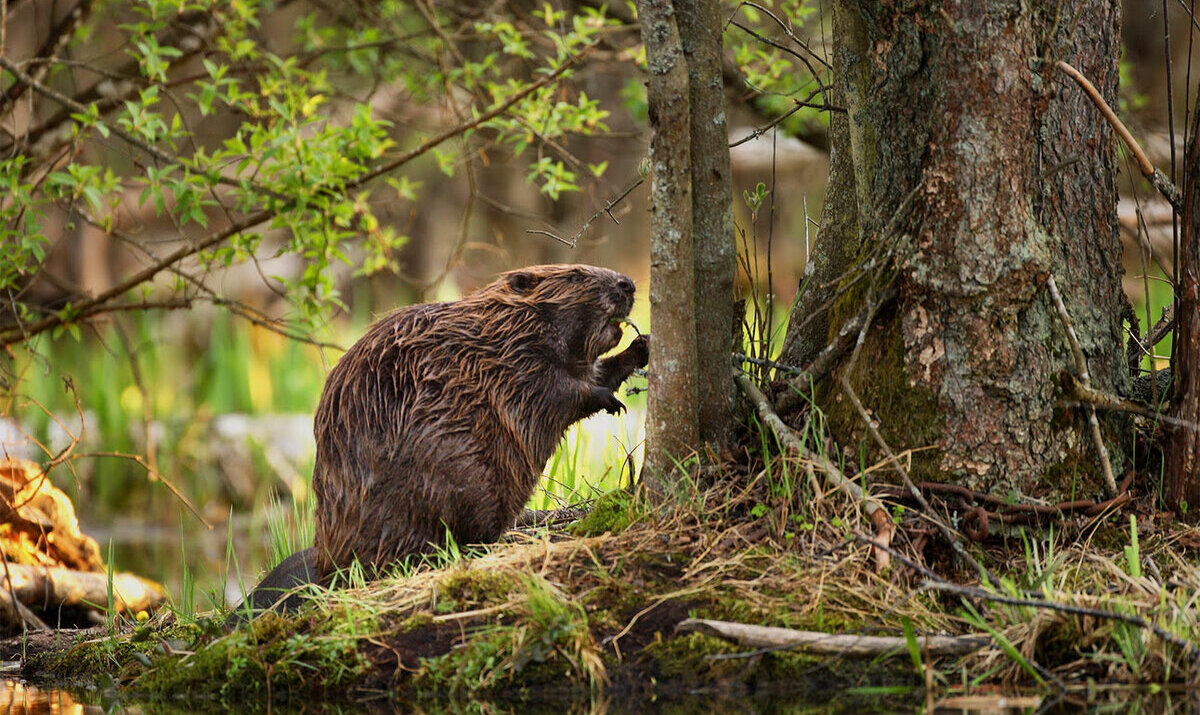

Eco-Friendly Gardening
Why Do Beavers Cut Down Trees
Modified: January 22, 2024
Discover why beavers, nature's eco-friendly gardeners, cut down trees and the benefits they bring to the environment. Learn how their actions contribute to a sustainable ecosystem.
(Many of the links in this article redirect to a specific reviewed product. Your purchase of these products through affiliate links helps to generate commission for Chicagolandgardening.com, at no extra cost. Learn more)
Table of Contents
Introduction
Welcome to the fascinating world of beavers and their unique role in ecosystems. These industrious creatures have captivated the human imagination for centuries with their remarkable ability to shape their environment. From building intricate lodges to constructing complex networks of dams and canals, beavers are true masters of engineering.
Beavers are the largest rodents in North America, known for their iconic flat tails and impressive chewing abilities. However, their tree-cutting behavior often raises questions among nature enthusiasts and conservationists. Why do beavers cut down trees? What purpose does it serve in their lives and the wider ecosystem?
Throughout this article, we will delve into the reasons behind beavers’ tree-cutting behavior, explore its benefits and impacts on the environment, and discuss the conservation and management of their activities.
By gaining a deeper understanding of beavers and their ecological significance, we can appreciate their role as keystone species and take steps to preserve and protect their habitats.
The Role of Beavers in Ecosystems
Beavers play a crucial role in shaping and maintaining healthy ecosystems. Through their remarkable engineering skills, they create diverse habitats that support a wide range of plant and animal species.
One of the key contributions of beavers is the construction of dams. These dams serve multiple purposes: they create deep pools of water, helping to regulate water flow and prevent flooding downstream; they act as natural filtration systems, trapping sediment and purifying the water; and they provide valuable wetland habitats that attract various species.
The wetlands created by beaver activity are biodiversity hotspots, rich in plant life such as cattails, water lilies, and various aquatic grasses. These plants provide food and cover for many animals, including birds, amphibians, and invertebrates. Wetlands also act as nurseries for fish, as the slow-moving water and abundant vegetation offer protection and a plentiful food supply.
Furthermore, beavers’ tree-cutting behavior has a significant impact on forest ecosystems. By felling trees, beavers create open spaces that allow sunlight to penetrate the forest floor. This encourages the growth of understory vegetation, such as shrubs and herbaceous plants, which provide food and shelter for a wide variety of wildlife.
Importantly, beaver dams also help to mitigate the effects of climate change. The slow-moving water behind the dams allows sediment to settle, effectively trapping carbon and reducing its release into the atmosphere. Additionally, the wetland vegetation that thrives in beaver-created habitats has high carbon sequestration potential, helping to offset greenhouse gas emissions.
Overall, the presence of beavers in ecosystems has a cascading effect that reaches far beyond their immediate habitat. Their activities create a mosaic of habitats, enhance water quality, support diverse plant and animal communities, and contribute to overall ecosystem health.
Why Beavers Cut Down Trees
The act of cutting down trees is an innate behavior for beavers, driven by their need for food, shelter, and the construction of dams and lodges.
Firstly, beavers primarily cut down trees to access the nutrient-rich inner bark, which is a vital food source for them. This inner bark, or cambium, is rich in starches and sugars, providing the necessary energy for the beavers’ metabolism. By gnawing through the tree trunks, beavers gain access to this nutritious layer, ensuring their survival.
Secondly, trees serve as building materials for beavers’ lodges and dams. Beavers construct lodges using branches, twigs, and mud, creating a cozy and secure home for their families. By selectively cutting and gathering trees, they have an abundant supply of construction materials readily available. Additionally, beavers use felled trees to create the foundation for their dams, which help in regulating water levels and providing protection.
It is important to note that beavers do not cut down trees indiscriminately. Instead, they choose specific tree species that are most suitable for their needs. This selective tree cutting is influenced by factors such as tree size, species, and proximity to water. They prefer trees like aspen, willow, birch, and alder, which are easier to chew through and have a high cambium content.
Beavers are known for their impressive dental adaptations, including their powerful incisors, which grow continuously and have a strong enamel coating. This allows them to efficiently gnaw through tree trunks, while their chisel-shaped teeth help to maintain their sharpness for effective cutting and stripping of bark.
Ultimately, beavers cut down trees to fulfill their basic survival needs, including food, shelter, and the construction of dams and lodges. Their tree-cutting behavior is driven by instinct and serves as an important ecological function in shaping their habitat and creating favorable conditions for themselves and other species.
Benefits of Tree Cutting for Beavers
The tree-cutting behavior of beavers not only fulfills their own needs but also provides several benefits to both their immediate environment and other species within the ecosystem.
Firstly, by cutting down trees, beavers create open spaces that allow sunlight to penetrate the forest floor. This stimulates the growth of a diverse range of vegetation, including herbaceous plants, shrubs, and young trees. The increased plant diversity contributes to a more resilient and dynamic ecosystem, attracting a wider variety of wildlife.
Moreover, the felled trees serve as a source of food for beavers during the winter months when other food sources are scarce. Beavers store branches and logs underwater near their dams, creating a submerged pantry. These stored tree trunks not only provide a food source but also act as important building materials for maintaining and repairing their lodges and dams throughout the year.
The creation of dams by beavers also has significant benefits. Dams create deep pools of water that serve as critical habitat for numerous aquatic species. Fish, amphibians, and invertebrates thrive in these calm, nutrient-rich waters. Birds, such as herons and kingfishers, are attracted to these areas as well, providing ample feeding opportunities.
Additionally, the water behind beaver dams slows down, preventing erosion and sedimentation downstream. This helps to maintain water quality and reduce the transport of pollutants. The dams also play a crucial role in regulating water flow, preventing both flooding during heavy rains and drought conditions during dry spells.
Beavers’ tree-cutting activities also contribute to carbon sequestration and climate change mitigation. The creation of wetland habitats by beaver dams allows vegetation to thrive, which in turn captures and stores carbon dioxide from the atmosphere. The slow-moving water and wetland vegetation effectively trap carbon, reducing its release into the atmosphere.
Overall, the benefits of tree cutting for beavers extend beyond their immediate needs. Their activities create new habitats, enhance plant and animal diversity, regulate water flow, and contribute to carbon sequestration. These collective benefits highlight the valuable role that beavers play in maintaining healthy and resilient ecosystems.
Impacts of Tree Cutting on the Environment
The tree-cutting behavior of beavers can have both positive and negative impacts on the environment, affecting both the local ecosystem and human activities in the area.
On the positive side, beavers’ tree-cutting activities create diverse habitats, promote vegetation growth, and support a wide range of wildlife. The open spaces created by tree cutting allow sunlight to reach the forest floor, stimulating the growth of understory plants and creating a more varied and productive ecosystem.
However, there can also be some negative impacts associated with beaver tree cutting. The removal of trees near water bodies can lead to increased water temperature, as there is less shade to protect against direct sunlight. This rise in temperature can have adverse effects on aquatic organisms that are sensitive to thermal changes.
Furthermore, the presence of beavers and their tree-cutting activities can sometimes conflict with human land-use and infrastructure. In areas where beavers create dams, the resulting flooding may pose challenges for human structures and agricultural fields. Additionally, flooding of roads or pathways can disrupt transportation and recreational activities.
Another potential impact of beaver tree cutting is the alteration of local landscapes. Beavers can transform stream channels, altering water flow patterns and creating wetlands. While these changes can benefit some species, they can also impact other organisms that are dependent on specific habitat conditions.
It is essential to understand and manage these potential impacts to strike a balance between the needs of beavers and those of human populations. Through effective management practices and the implementation of beaver management strategies, such as flow devices or tree protection measures, it is possible to mitigate negative impacts and maintain a harmonious coexistence between beavers and human activities.
Overall, while there are some environmental impacts of beaver tree cutting, proper management strategies can help minimize potential conflicts and ensure the preservation of both healthy ecosystems and human interests.
Beaver Tree Cutting Techniques
Beavers have developed remarkable techniques for cutting down trees efficiently and effectively. These techniques allow them to access the valuable resources they need for survival and engineering their habitats.
When a beaver identifies a suitable tree for cutting, it begins by gnawing at the base of the trunk. Using its powerful incisors, the beaver chisels away at the wood, gradually creating a notch. This initial notch weakens the tree, making it more susceptible to falling in the desired direction.
Once the notch is created, the beaver continues to chew around the circumference of the tree, gradually cutting through the remaining wood fibers. As the beaver works its way around the trunk, the tree begins to lean in the direction of the notch. This directional cutting technique ensures that the tree falls precisely where the beaver intends, usually into a nearby water body.
It is fascinating to note that beavers can assess the size and stability of a tree before cutting. They are selective in choosing trees that are neither too small nor too large. Cutting down smaller trees would require more effort for less reward, while larger trees may pose a risk of falling in an uncontrollable manner.
Beavers are also strategic in timing their tree-cutting activities. They often cut trees during the late summer and early fall when the sap flow is lowest, making the wood softer and easier to chew through. Furthermore, cutting trees during this time allows the beavers to store the branches and logs underwater for future use as food and building materials.
Interestingly, beavers have the ability to gauge the distance to water when selecting trees to cut. If a tree is too far from a water body, beavers may not consider it for cutting. This behavior ensures that they can transport the felled tree easily to their intended destination.
The tree-cutting techniques employed by beavers demonstrate their exceptional engineering skills and adaptability. Their precise cutting and timing allow them to efficiently obtain resources for survival and shape their habitats according to their needs.
Conservation and Management of Beaver Activities
The conservation and management of beaver activities are crucial for ensuring the well-being of both beavers and the ecosystems they inhabit. By implementing effective strategies, we can promote beaver conservation while minimizing potential conflicts with human activities.
One conservation approach is the use of flow devices. These devices help regulate water levels by maintaining a controlled flow while still allowing beavers to construct dams and create wetland habitats. Flow devices can be installed in areas where beaver activity may pose risks to human infrastructure, such as roadways or agricultural fields.
Another management strategy involves the protection of valuable trees and vegetation through the use of fencing or tree cages. This allows beavers to satisfy their tree-cutting instincts while preserving specific trees with historic or ecological significance. By providing alternative cutting options, beavers can be guided away from high-value targets.
Education and public awareness play a vital role in promoting the conservation of beavers. Educating the public about the ecological importance of beavers and their role as keystone species can foster a greater appreciation and understanding of their behaviors. This can help reduce negative perceptions and encourage a coexistence mindset.
Furthermore, collaboration between wildlife professionals, landowners, and conservation organizations is essential for effective beaver management. By working together, stakeholders can develop management plans that consider both the needs of beavers and the interests of human populations, finding common ground for sustainable coexistence.
In some cases, relocation or translocation of beavers may be necessary to address conflicts. However, it is important to carefully consider the potential impacts of such actions on the beavers and the receiving ecosystem. Best practices should be followed to minimize stress and ensure the successful adaptation of relocated beavers.
Ultimately, a proactive and adaptive approach to conservation and management is vital in ensuring the long-term survival of beavers. By understanding their behaviors and implementing effective strategies, we can strike a balance that allows beavers to thrive while minimizing conflicts with human activities.
Conclusion
Beavers, with their tree-cutting behavior and unique engineering skills, play a vital role in shaping ecosystems and creating diverse habitats. Their activities have a cascading effect, benefiting both the natural environment and the myriad of species that depend on these habitats.
Through their tree-cutting techniques, beavers access valuable food sources and use trees for constructing lodges and dams. The open spaces created by their tree cutting allow sunlight to penetrate the forest floor, promoting the growth of diverse vegetation and enhancing biodiversity. Their dams provide critical wetland habitats, regulate water flow, and contribute to carbon sequestration.
However, beaver activities can also have impacts that need to be managed, such as flooding and conflicts with human infrastructure. Implementing strategies like flow devices, tree protection measures, and relocation can help minimize these conflicts and promote a harmonious coexistence between beavers and human activities.
Conservation and management efforts rely on education, public awareness, and collaboration among stakeholders. By understanding the ecological significance of beavers and their role as keystone species, we can foster a greater appreciation for these captivating animals and work towards their preservation.
In conclusion, beavers are remarkable creatures that have a profound impact on their environment. The importance of their tree-cutting behavior extends beyond their own needs, creating habitats, promoting biodiversity, and contributing to the overall health of ecosystems. By recognizing and managing the benefits and impacts of beaver activities, we can ensure the continued prosperity of these fascinating and influential animals for generations to come.
